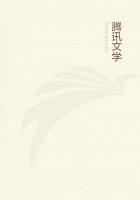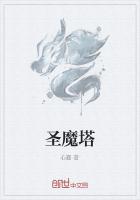Some things are malleable, like copper. Some are not, like stone and wood. Things are malleable when their surface can be made to move (but only in part) both downwards and sideways with one and the same blow: when this is not possible a body is not malleable. All malleable bodies are impressible, but not all impressible bodies are malleable, e.g. wood, though on the whole the two go together. Of squeezable things some are malleable and some not: wax and mud are malleable, wool is not. Some things are fissile, e.g. wood, some are not, e.g. potter's clay. A thing is fissile when it is apt to divide in advance of the instrument dividing it, for a body is said to split when it divides to a further point than that to which the dividing instrument divides it and the act of division advances: which is not the case with cutting. Those bodies which cannot behave like this are non-fissile. Nothing soft is fissile (by soft I mean absolutely soft and not relatively: for iron itself may be relatively soft); nor are all hard things fissile, but only such as are neither liquid nor impressible nor comminuible. Such are the bodies that have the pores along which they cohere lengthwise and not crosswise.
Those hard or soft solids are apt to be cut which do not necessarily either split in advance of the instrument or break into minute fragments when they are being divided. Those that necessarily do so and liquids cannot be cut. Some things can be both split and cut, like wood, though generally it is lengthwise that a thing can be split and crosswise that it can be cut. For, a body being divided into many parts fin so far as its unity is made up of many lengths it is apt to be split, in so far as it is made up of many breadths it is apt to be cut.
A thing is viscous when, being moist or soft, it is tractile. Bodies owe this property to the interlocking of their parts when they are composed like chains, for then they can be drawn out to a great length and contracted again. Bodies that are not like this are friable.
Bodies are compressible when they are squeezable and retain the shape they have been squeezed into; incompressible when they are either inapt to be squeezed at all or do not retain the shape they have been squeezed into.
Some bodies are combustible and some are not. Wood, wool, bone are combustible; stone, ice are not. Bodies are combustible when their pores are such as to admit fire and their longitudinal pores contain moisture weaker than fire. If they have no moisture, or if, as in ice or very green wood, the moisture is stronger than fire, they are not combustible.
Those bodies give off fumes which contain moisture, but in such a form that it does not go off separately in vapour when they are exposed to fire. For vapour is a moist secretion tending to the nature of air produced from a liquid by the agency of burning heat. Bodies that give off fumes give off secretions of the nature of air by the lapse of time: as they perish away they dry up or become earth. But the kind of secretion we are concerned with now differs from others in that it is not moist nor does it become wind (which is a continuous flow of air in a given direction). Fumes are common secretion of dry and moist together caused by the agency of burning heat. Hence they do not moisten things but rather colour them.
The fumes of a woody body are called smoke. (I mean to include bones and hair and everything of this kind in the same class. For there is no name common to all the objects that I mean, but, for all that, these things are all in the same class by analogy. Compare what Empedocles says: They are one and the same, hair and leaves and the thick wings of birds and scales that grow on stout limbs.) The fumes of fat are a sooty smoke and those of oily substances a greasy steam. Oil does not boil away or thicken by evaporation because it does not give off vapour but fumes. Water on the other hand does not give off fumes, but vapour. Sweet wine does give off fumes, for it contains fat and behaves like oil. It does not solidify under the influence of cold and it is apt to burn. Really it is not wine at all in spite of its name: for it does not taste like wine and consequently does not inebriate as ordinary wine does. It contains but little fumigable stuff and consequently is inflammable.
All bodies are combustible that dissolve into ashes, and all bodies do this that solidify under the influence either of heat or of both heat and cold; for we find that all these bodies are mastered by fire. Of stones the precious stone called carbuncle is least amenable to fire.
Of combustible bodies some are inflammable and some are not, and some of the former are reduced to coals. Those are called 'inflammable' which produce flame and those which do not are called 'non-inflammable'. Those fumigable bodies that are not liquid are inflammable, but pitch, oil, wax are inflammable in conjunction with other bodies rather than by themselves. Most inflammable are those bodies that give off smoke. Of bodies of this kind those that contain more earth than smoke are apt to be reduced to coals. Some bodies that can be melted are not inflammable, e.g. copper; and some bodies that cannot be melted are inflammable, e.g. wood; and some bodies can be melted and are also inflammable, e.g. frankincense.
The reason is that wood has its moisture all together and this is continuous throughout and so it burns up: whereas copper has it in each part but not continuous, and insufficient in quantity to give rise to flame. In frankincense it is disposed in both of these ways.


